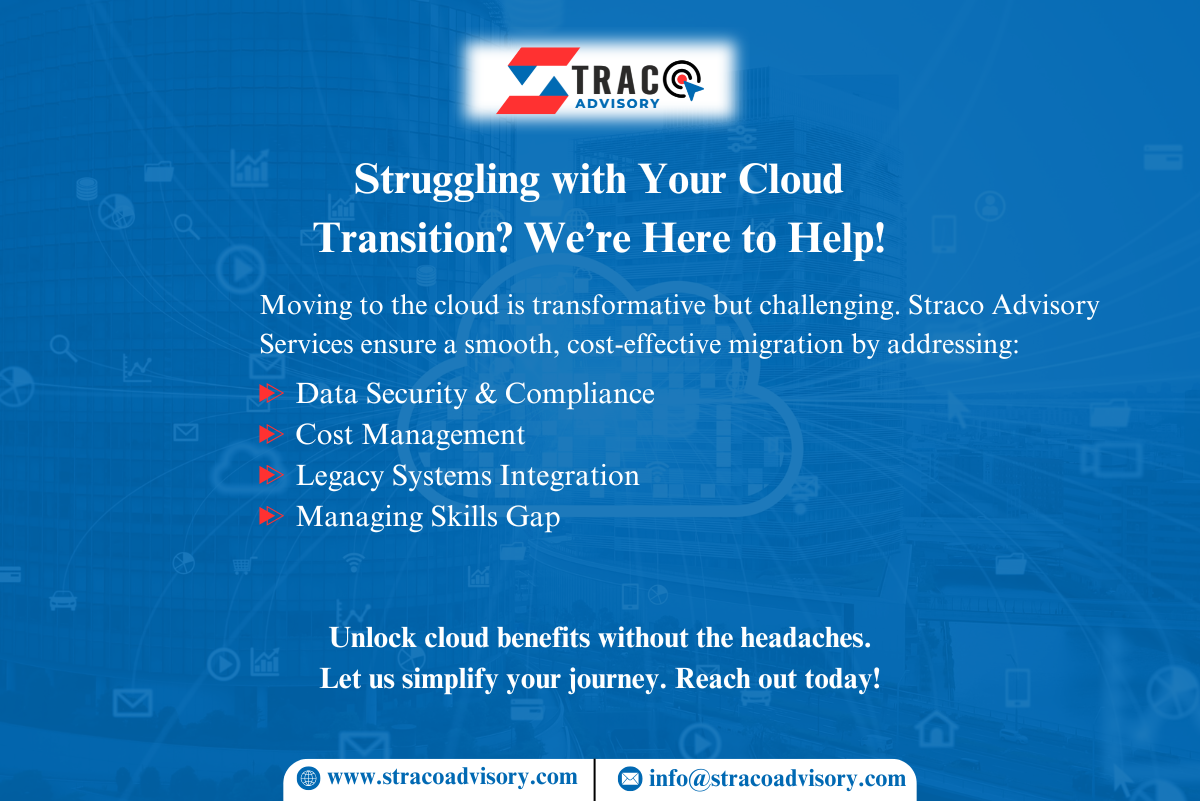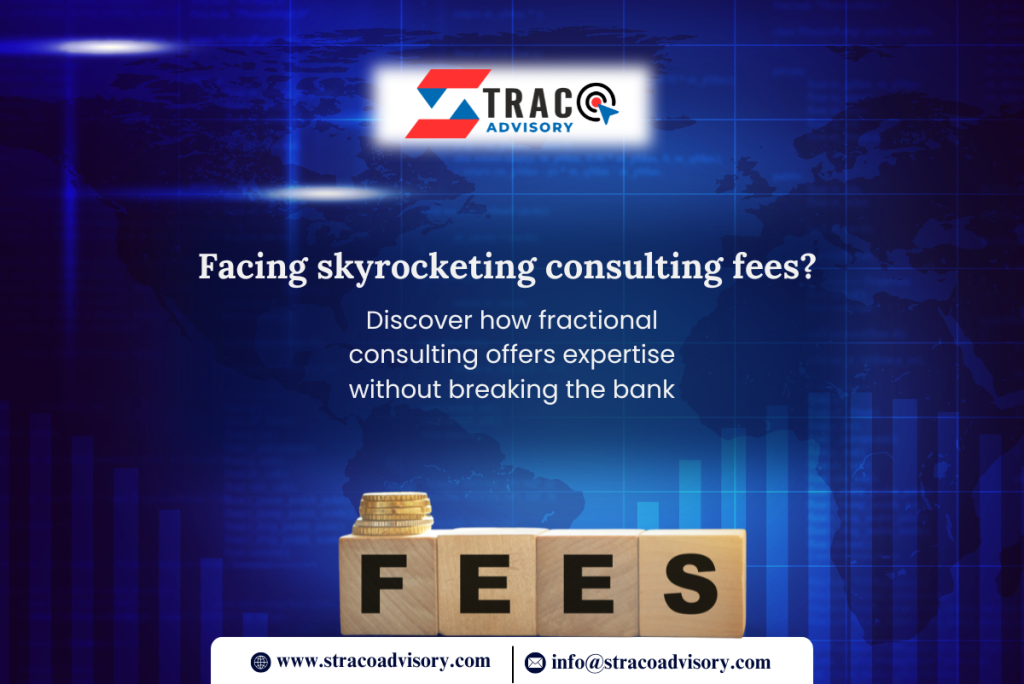Businesses must migrate to the cloud to stay competitive. However, selecting the right migration strategy is key, as a mismatch can lead to unnecessary expenses and missed opportunities.Nevertheless, choosing the optimal cloud migration strategy is crucial, as a one-size-fits-all approach can result in wasted resources and unrealized potential, highlighting the importance of tailored solutions for unique business needs.
This guide will help you navigate key cloud migration strategies, select the best approach for your unique needs, and ensure your digital transformation aligns with your business objectives. Discover how Straco Advisory Services can support your cloud journey and build a robust cloud strategy that drives growth.
Why Cloud Migration Matters in Digital Transformation
Cloud migration is central to a successful digital transformation. By moving to the cloud, businesses access advanced technologies, reduce costs, enhance data security, and improve efficiency. As digital connectivity grows, cloud migration provides the flexibility and scalability that companies need to thrive.
1. Assessing Your Cloud Strategy Needs
A well-planned migration begins with a strong cloud strategy. Evaluate your business’s specific needs, current IT infrastructure, and long-term goals. Consider these factors:
- Current Infrastructure: Assess your on-premises servers, applications, and data landscape.
- Budget Constraints: Outline your financial resources for migration and ongoing cloud management.
- Compliance Requirements: Ensure that the cloud environment aligns with regulatory standards.
- Business Goals: Define your migration objectives, whether they involve cost savings, improved accessibility, or heightened security.
These steps help clarify the best migration approach, allowing your digital transformation to be efficient and aligned with your strategic vision.
2. Exploring Key Cloud Migration Strategies
Each cloud migration approach has unique advantages. Let’s explore the main strategies:
Rehosting (Lift and Shift)
Rehosting involves moving applications and data to the cloud with minimal changes, often offering a fast, simple transition. However, it may not fully exploit cloud-native features.
- Pros: Speed and simplicity.
- Cons: Limited scalability and performance benefits.
- Best for: Businesses needing a quick migration with minimal disruption.
Refactoring (Re-architecting)
Refactoring involves modifying applications to better suit cloud environments. While it requires more resources, the result is a cloud-native application optimized for performance and scalability.
- Pros: Improved flexibility and performance.
- Cons: Higher investment and development time.
- Best for: Companies aiming for maximum efficiency and flexibility in the cloud.
Replatforming
Replatforming falls between rehosting and refactoring, making slight modifications to leverage specific cloud capabilities without overhauling the application.
- Pros: Balanced investment with some cloud benefits.
- Cons: Limited full-cloud capabilities.
- Best for: Businesses seeking improved performance without a complete transformation.
Repurchasing
Repurchasing replaces legacy applications with cloud-based solutions, often through Software as a Service (SaaS). This strategy is ideal for organizations looking to streamline and modernize their operations.
- Pros: Simplified maintenance and faster implementation.
- Cons: Potential data migration and integration challenges.
- Best for: Companies ready to transition to standardized cloud solutions.
Retiring
Retiring outdated applications can simplify the migration process and reduce costs, helping businesses focus on relevant tools and data.
- Pros: Cost savings by eliminating unnecessary applications.
- Cons: Requires careful evaluation to avoid removing needed tools.
- Best for: Organizations with outdated or low-use applications that no longer fit their business goals.
3. Key Considerations for a Smooth Migration Process
A successful migration requires more than a well-chosen strategy. Here are crucial factors to consider as you prepare for your cloud migration journey:
- Data Security and Compliance: Implement robust data protection and ensure compliance with industry standards.
- Scalability and Performance Optimization: Test and optimize infrastructure to meet growth and demand.
- Team Training and Support: Equip your team with the knowledge to manage the new environment effectively.
- Cost Management: Control cloud spending to avoid unexpected costs and maximize return on investment (ROI).
Partnering with Cloud Migration Experts
Migrating to the cloud can be complex, but a trusted cloud migration partner can simplify the process. Straco Advisory Services brings expertise in cloud strategy and best practices, helping you avoid common pitfalls and ensuring alignment with your business objectives.
Ready to Start Your Cloud Migration Journey?
Selecting the right cloud migration strategy can unlock significant benefits—from cost savings to enhanced operational efficiency. With a well-structured migration plan, your business can fully embrace digital transformation and build a resilient cloud strategy.
Take the Next Step with Straco Advisory Services
Transform your business with a tailored cloud solution!
Fill out the inquiry form on our Contact Us page to schedule a consultation. Our team of cloud experts is here to support you at every step, ensuring a smooth, successful transition.
Connect with Straco Advisory Services today to explore how cloud migration can reshape your business. Let us help you unlock your cloud potential with a custom cloud strategy designed for long-term success.



